What does Chiropractic manipulation feel like?
Chiropractic manipulation, A.K.A adjustments, can seem scary to those who have never had it (not gonna lie, before I trained to be a Chiropractor neck adjustments used to terrify me!). So today i’m going to describe the process and share what some of my patients think about adjustments!
There are TONNES of adjusting techniques. I have my favourites that I use which I will talk through today but what I use in practice depends on what best suits the patient, as well as myself - for example those of you who came to see me when I injured my wrist will remember that I had to use two different neck techniques so that I could stick to using the good hand!
Neck
Lets get one thing clear first, I will not take your neck further than it can naturally go! The aim of adjustments is to restore normal motion, not to whip you round as far as physically possible. The fancy-pants name for an adjusement is a High Velocity Low Amplitude (HVLA) thrust. This translates to fast and shallow. And don’t forget we spend 5 years learning how to do this!
What do you do?
For necks I stand in front of you whilst you lie on your back. I’ll have your head raised a little bit and will take your head sideways then add a little bit of rotation until I feel that I’ve got to the joints barrier of stiffness. When I’ve got the right position I will quickly pull my arm back towards my body; it’s at this point that you might hear/feel a crunch!
What does it feel like?
Personally I find necks to be one of those “instant relief” adjustments. They tend to feel louder seeing as the crunch is happening closer to your ears! Some people feel sleepy after a neck treatment, particularly if you’ve not had you neck treated before/for a long time. Most people find neck adjustments comfortable, however if your neck is in bad shape it can be a bit sore - hence why the speed of the adjustment helps!
Most FAQs
Q: “Could you break someones neck?
A: Technically yes, but it’s EXTREMELY unlikely.
This is why I take a full history to make sure there’s no reason why you can’t be adjusted (e.g. osteoporosis, bone cancer, etc)
Back
What do you do?
For the upper back I lie you on your front then ask you to take a deep breath in. As you breath out I follow your back/chest as it drops down so you’ll feel a little bit of pressure. When you finish breathing out, I quickly push into your back. The reason for doing it this way is because if I were to do it while you were full of breath I would wind you! This method makes it much more comfortable and helps you to relax into it. You might feel a crunch as you breath out, or as I push onto your back
Lower back adjustments are a bit more… invovled! You will lie on your side with the top leg bent and bottom leg straight. I put my arm through yours and hook my fingers onto the part of the back that needs adjusting. Next I ask you to gently squeeze my arm and as you do this I use my leg to hook onto your bent leg and twist you further towards me while pulling on the back.
What does it feel like?
Upper backs are another area that feel like instant relief to me, particularly that really satisfying place right between the shoulder blades! For low backs, once you get over the weirdness of the fact I’ve kinda climbed over you in some sort of strange WWE fashion… it feels great! People who have sprained their backs tend to feel relief straight away. People with trapped nerves might feel sore afterwards.
Most FAQs?
Q: “Have you ever dropped someone”
A: No! (I may be small but my legs are strong!)*
*I even once had someone attempt to roll off the bench without warning during a low back adjustment just to see if I could stop them from falling - which I did!
Q: “Have you ever made anyone fart during the low back adjustment?”
A: Yes! Quite a few times. (Sorry about that!)*
*I’ll only laugh if you laugh first







